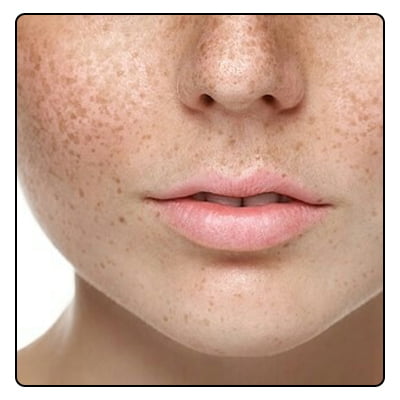In India, melasma affects 20% to 30% of middle-aged women. Post-inflammatory hyperpigmentation is more common(more than 70%) in men and women under 35. After the age of 50, it was discovered that this number dropped to 10%.
Pigmentation
Having pigment means having color. Disorders of skin pigmentation have an impact on the skin’s color. Melanin is created by specific skin cells and gives the skin its color. The generation of melanin is impacted when these cells are harmed or unwell. Some pigmentation diseases only affect particular areas of the skin. Others have a body-wide impact.
Skin darkens if the body produces an excessive amount of melanin. The skin can become darker due to Addison’s illness, sun exposure, and pregnancy. White areas of skin are a sign of vitiligo, whereas skin darkens if the body generates too little melanin. In addition, the skin of an individual is affected by albinism, a genetic disorder. A person with albinism may be colorless, have paler than average skin, or have patchy missing color. Also contributing to lighter skin are infections, blisters, and burns.

